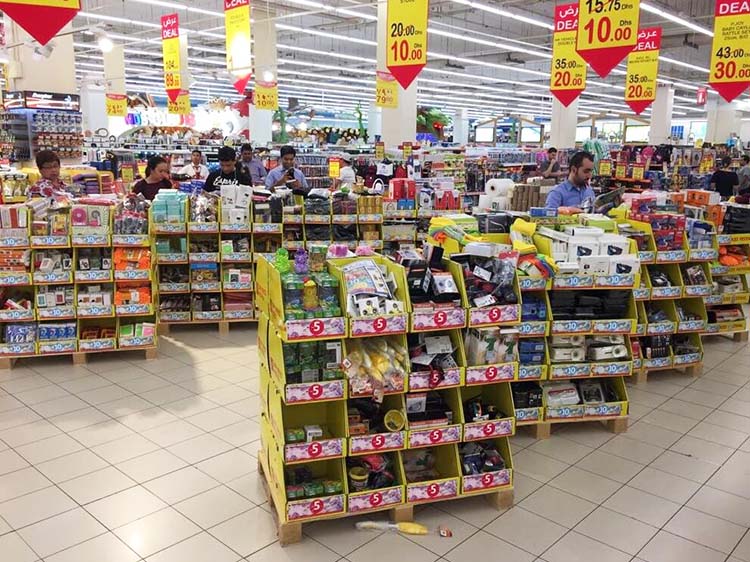Point of Purchase Displays: How Retailers Can Optimize POP Areas for Higher Sales (1)
Retreived from: Shopify Retail Marketing Blog
(https://www.shopify.com/retail/point-of-purchase-marketing-how-retailers-can-optimize-pop-areas-for-higher-sales)
by: Kali Hawlk <In-person Selling and Pop-Up Shops>
Where to Deploy Your Point of Purchase Displays
The phrase “point of purchase” may conjure images of wherever customers go to make their purchase and hand overpayment.
Placing small, inexpensive, and relevant items on the counter can boost sales. So can using displays of these items to create an area where customers can queue while waiting to check out.
Stores like Marshall’s, TJ Maxx, Nordstrom Rack, Sephora, and Victoria’s Secret all use physical displays to create a path for customers to wind down on their way to check out. They place small items that cost significantly less than the rest of the store’s inventory here.

This point of purchase marketing technique works for a few reasons:
1、 Customers have already made a decision to buy something, making them more likely to buy an additional product if it does not significantly add to the total price of their purchase.
2、“Add-on” type items that are highly relevant to your customers can trigger impulsive purchases or serve as reminders for customers. Sephora, for example, keeps their travel- and sample-sized products in these displays, which are easy for customers to justify as something they genuinely need to stock up on.
3、 You can turn a shopping nuisance — a long check-out line and wait time — into an extended shopping experience for your customers. Your display can keep them engaged and interested as they wait, which maintains their decision to buy a product and reduces the chances they’ll walk out empty-handed simply because they saw a long line at the register.
Point of purchase marketing does include your cash register and checkout counter, but you’re not limited to just these areas in your store. You can get creative with strategies in places like:
a、 Various places throughout your sales floor
B、 Directly on specific displays or sections of products
C、 Customer’s smartphones that they use as they browse











